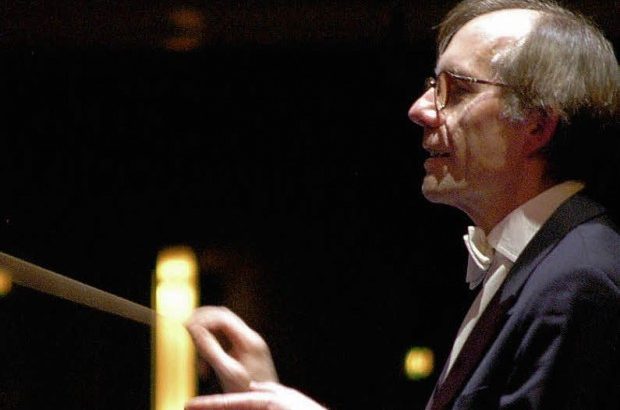Pat O’Kelly
Next week the RTÉ NSO celebrates its 70th birthday with its concert at the NCH on Friday, February 16. Directed by former principal conductor Gerhard Markson, music by Wagner, Prokofiev and Deirdre Gribben brings soprano Orla Boylan and pianist Finghin Collins as soloists.
But there had been a Radio Éireann Orchestra prior to the formation of the Symphony Orchestra in 1948. Beginning life as the Station String Trio with the establishment of 2RN in 1926, it soon became a quartet when joined by formidable pianist Kitty O’Callaghan.
Numbers duly increased and, on November 26, 1927, 2RN’s then director of music Vincent O’Brien, with assistance from the army and Dublin’s theatre and cinema orchestras, presented a concert in Abbey Street’s Metropolitan Hall that included Beethoven’s 1st Symphony.
By 1937, when 2RN became Radio Éireann, the RÉO’s strength was 28 and, again augmented, gave a number of concerts at the Gaiety Theatre. The ensemble also ventured into the realm of opera, partnering the Dublin Operatic Society in La bohème and Carmen.
Head of the Army School of Music, Michael Bowles was appointed principal conductor in 1941. Then also RÉ’s director of music, Bowles organised a series of concerts later than year in the Round Room in Dublin’s Mansion House. The first of these presented Cork-born pianist Charles Lynch in the Irish première of Rakhmaninov’s Paganini Rhapsody while the main work was Beethoven’s Eroica Symphony. These events played to ‘packed houses’.
Move
This encouraged a move to the larger Capitol Theatre with the programme for October 31, 1943 combining Beethoven’s 5th Symphony and Rimsky-Korsakov’s Sheherazade. Under Bowles, the Dublin Oratorio Society joined the RÉO on May 21, 1944 for Beethoven’s 9th Symphony with local soloists Renée Flynn, Kathleen Uhlemann, Robert McCullagh and Frank Cowle.
The end of the war meant continental European artists becoming available and Bowles lost no time in bringing a number to Dublin. Among notable conductors came Jean Martinon. The young Frenchman was admired by the RÉO musicians for his ‘efficiency and knowledge of his craft’. Martinon would later become principal conductor of the Chicago Symphony.
Emboldened, Bowles suggested to Minister for Posts and Telegraphs, PJ Little, whose remit incorporated Radio Éireann, that the RÉO be increased to symphonic strength (65) and that a Light Orchestra of 22 players be established.
Approval was given and, following another Bowles initiative, the Minister also agreed to place the musicians on a permanent footing.
In the meantime the Phoenix Hall in Dublin’s Dame Court, already a P&T property, was given to the orchestra as its studio-cum-concert venue. Officially opened on January 30, 1948, Swiss conductor Edmund Appia took the rostrum with my own piano teacher, Patricia Herbert, playing the Grieg Concerto. This was the old RÉO’s final appearance before the new RÉSO gave its first concert on February 14, 1948 under Jean Martinon’s baton.
Telefís was added to the orchestra’s title in 1964 and the RTÉSO became the RTÉ National Symphony Orchestra on January 1, 1990. “If music be the food of love, play on.”Ad multos annos.


 Gerhard Markson
Gerhard Markson 